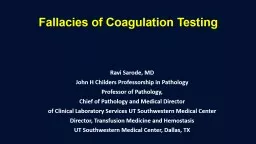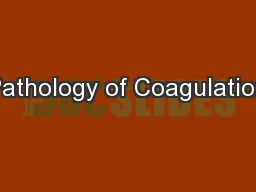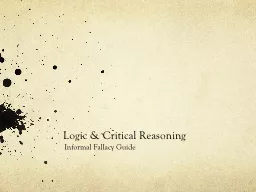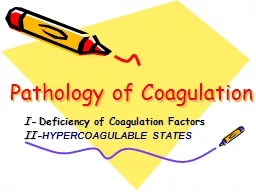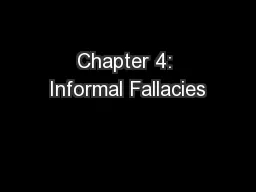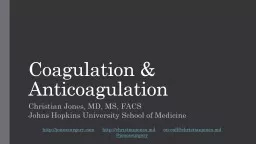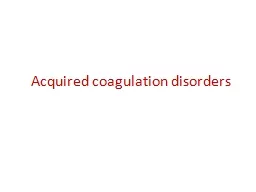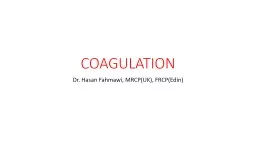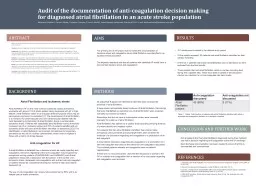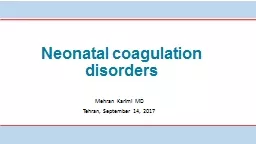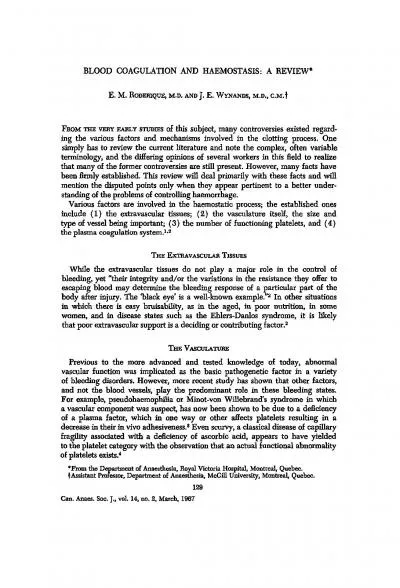PPT-Fallacies of Coagulation Testing
Author : mitsue-stanley | Published Date : 2019-03-16
Ravi Sarode MD John H Childers Professorship in Pathology Professor of Pathology Chief of Pathology and Medical Director of Clinical Laboratory Services UT Southwestern
Presentation Embed Code
Download Presentation
Download Presentation The PPT/PDF document "Fallacies of Coagulation Testing" is the property of its rightful owner. Permission is granted to download and print the materials on this website for personal, non-commercial use only, and to display it on your personal computer provided you do not modify the materials and that you retain all copyright notices contained in the materials. By downloading content from our website, you accept the terms of this agreement.
Fallacies of Coagulation Testing: Transcript
Download Rules Of Document
"Fallacies of Coagulation Testing"The content belongs to its owner. You may download and print it for personal use, without modification, and keep all copyright notices. By downloading, you agree to these terms.
Related Documents

